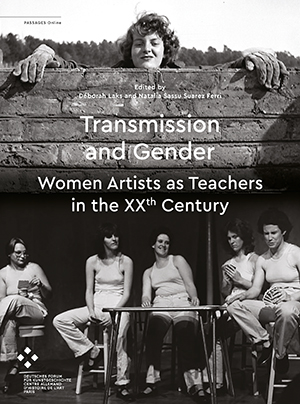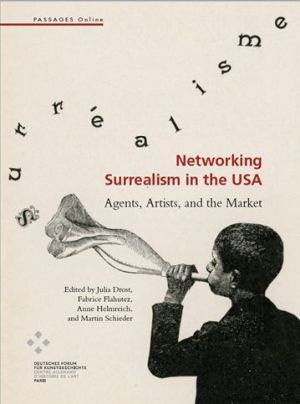Kwartler, Talia
Transmission and Gender: Women Artists as Teachers in the XXth Century
While the field of art education is slowly but surely feminizing, the specificity of women's trajectories and their effects on transmission and creation are at the crossroads of several fields and open up a plurality of questions. What does a woman's career look like, how are institutions modified by the arrival of women? How are hierarchies rethought, is the field of reference of students evolving, what do the new methods developed allow? The articles gathered in this volume highlight individual trajectories and broader debates taking place in art schools, all tracing the evolutions that the teaching by women artists reveals, prepares or accomplishes in the field of contemporary creation.
Tandis que le champ de l’enseignement de l’art se féminise, lentement mais sûrement, la spécificité des trajectoires féminines et de leurs effets sur la transmission et la création se trouvent au carrefour de plusieurs champs et ouvrent une pluralité de questionnements. A quoi ressemble une carrière féminine, de quelle manière les institutions sont-elles modifiées par l’arrivée des femmes ? Comment les hiérarchies sont-elles repensées, le champ référentiel des élèves évolue-t-il, que permettent les nouvelles méthodes développées ? Les articles réunis mettent en lumière des trajectoires individuelles tout en retraçant plus largement les luttes dont les écoles sont le théâtre et les évolutions que l’enseignement par des artistes femmes révèle, prépare ou accomplit dans le champ de la création contemporaine.
Networking Surrealism in the USA: Agents, Artists, and the Market
This volume brings the complex networks that fostered and sustained surrealism in North America into academic focus. Who — among collectors, critics, dealers, galleries, and other kinds of mediating agents — supported the artists in the surrealist orbit, in what ways, and why? What more can be learned about highprofile collectors such as the de Menils in Houston or Peggy Guggenheim in New York? Compared to their peers in Europe, did artists in the United States use similarly spectacular strategies of publicity and mediation? In what networks did the commercial galleries operate, locally and internationally, and how did they dialogue with museums? This book offers an innovative and lasting contribution to research and scholarship on the history of art in America, while focusing specifically on the expansion and reception of surrealism in the United States.








